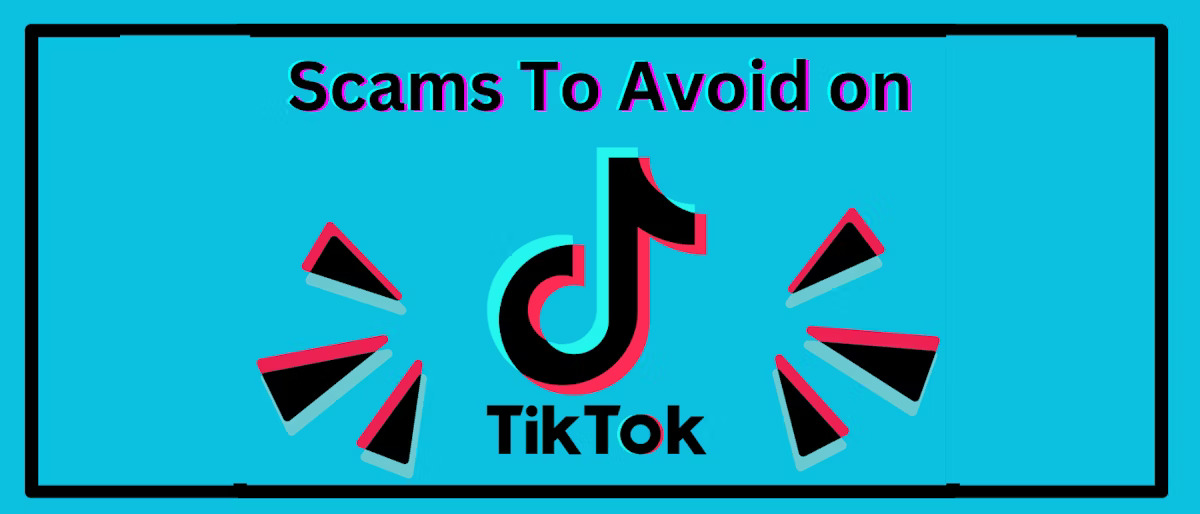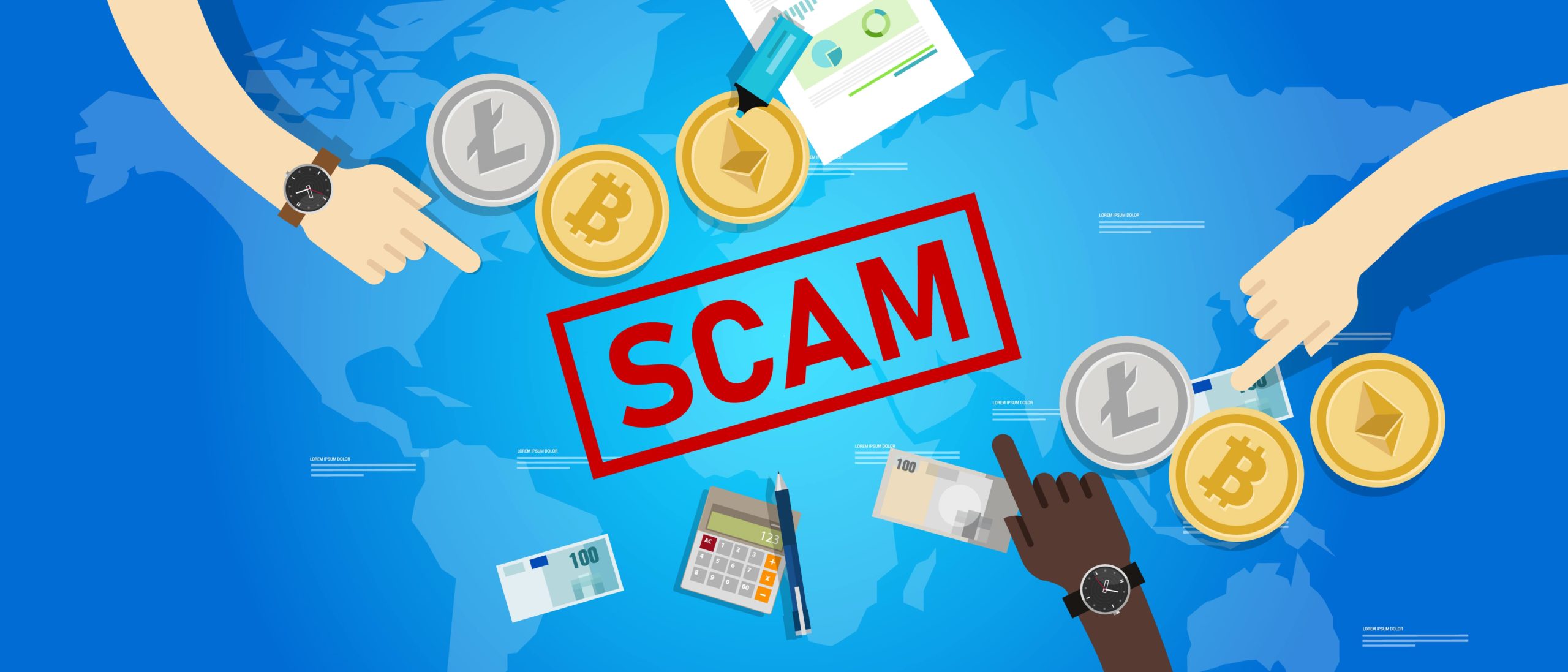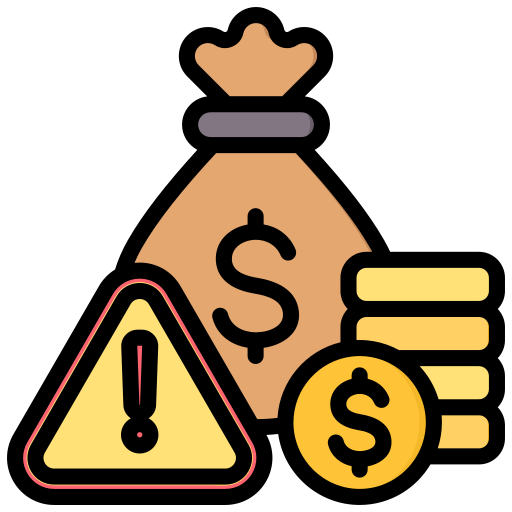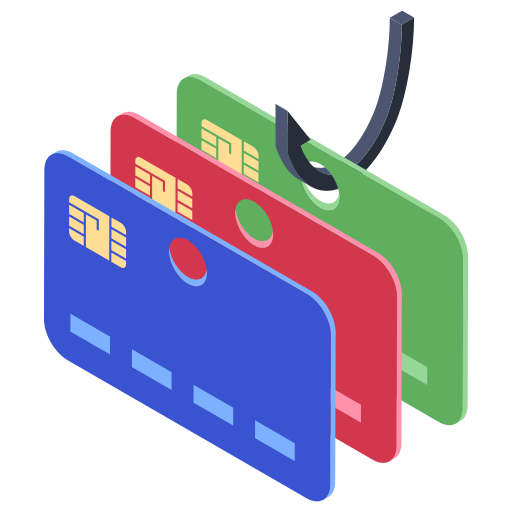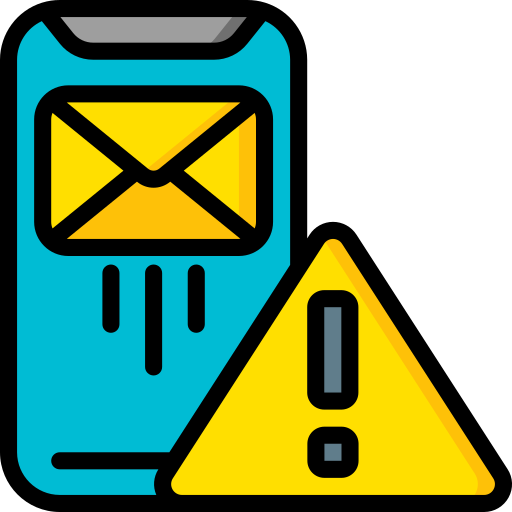Introduction
As TikTok continues to dominate the social media landscape, its popularity has unfortunately made it a prime target for scammers. In 2024, TikTok scams have become increasingly sophisticated, luring users into traps that can lead to financial loss and compromised personal information. Understanding these scams and knowing how to avoid them is essential for staying safe. This comprehensive guide will explore the most common TikTok scams, provide real-life examples, and offer practical tips on how to protect yourself.
Common TikTok Scams to Watch Out For
1. Fake Giveaways

Scammers create fake accounts or hack popular ones to promote bogus giveaways, enticing users to follow, share personal information, or click on malicious links.
Real-Life Example:
In early 2024, a well-known TikTok influencer’s account was hacked, and scammers used it to run a fake giveaway, promising followers expensive gadgets. Many users fell victim, sharing personal details and even paying “shipping fees” for prizes that never existed.
2. Phishing Links in Bio
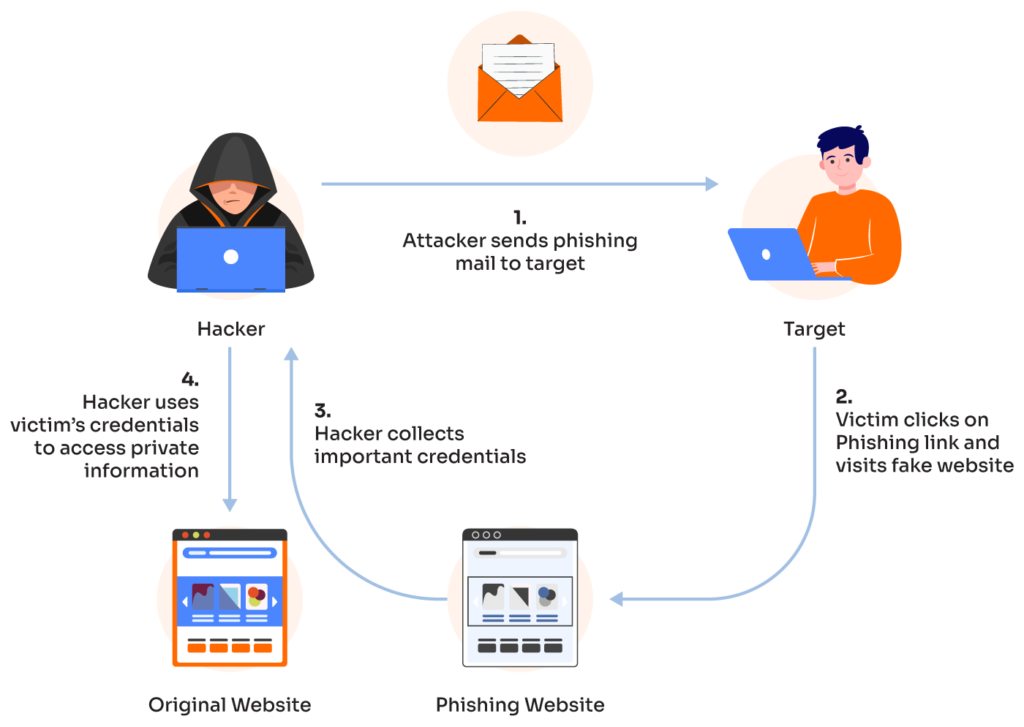
Scammers often place phishing links in their profile bios, claiming to lead to exclusive content, special offers, or other enticing destinations. Clicking these links can lead to malware installation or personal data theft.
Real-Life Example:
A trending TikTok account offered “exclusive behind-the-scenes content” through a link in their bio. Thousands of users clicked, leading to widespread malware infections that compromised personal data.
3. Fake Influencer Collaborations
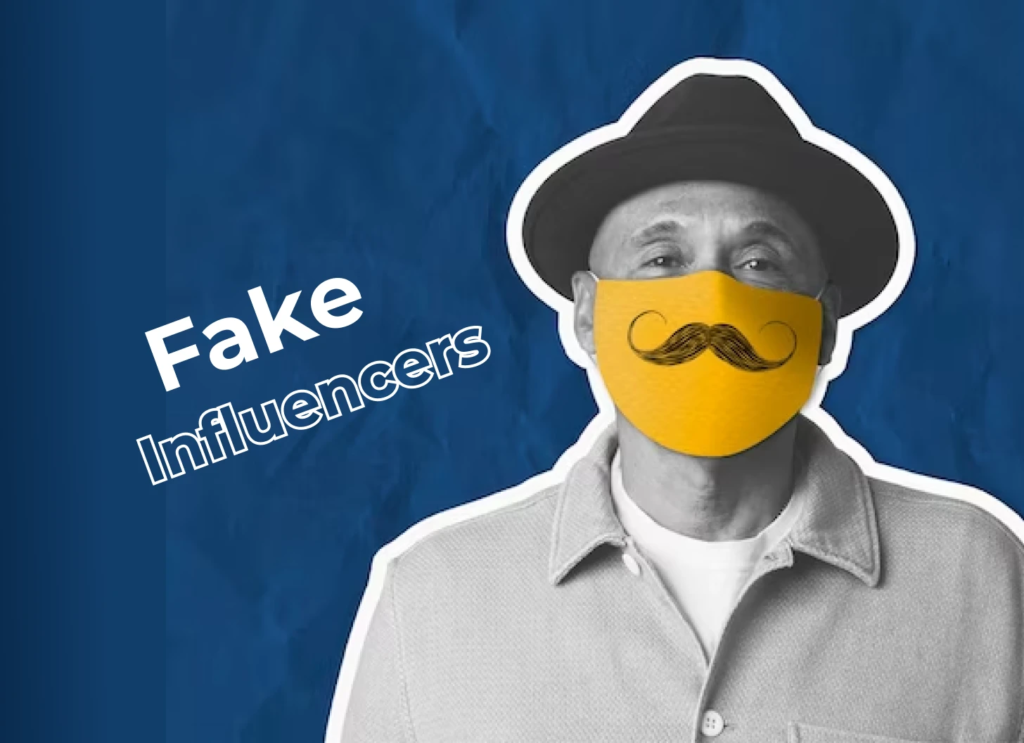
Scammers impersonate popular influencers or brands, reaching out to users for fake collaborations. They may ask for personal information, upfront fees, or access to accounts.
Real-Life Example:
A scammer posing as a representative of a major brand contacted several TikTok creators, offering lucrative collaboration deals. Creators were asked to pay a “registration fee” or provide personal details, resulting in financial loss and identity theft.
4. Cryptocurrency Scams

With the rise of cryptocurrency, scammers use TikTok to promote fake investment opportunities, promising high returns with little risk. These scams can involve phishing links, fake investment platforms, and Ponzi schemes.
Real-Life Example:
In 2024, a viral TikTok video claimed users could earn significant returns by investing in a new cryptocurrency. Thousands of users invested, only to find out the platform was a scam, and their money was gone.
5. Account Takeovers
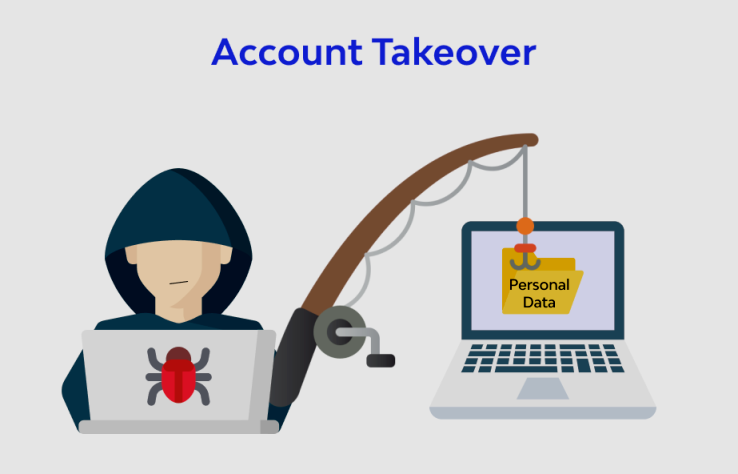
Scammers gain access to TikTok accounts through phishing or social engineering, then use these accounts to spread scams or demand ransom for returning access.
Real-Life Example:
A TikTok user received a direct message claiming to be from TikTok support, asking for login credentials to verify their account. After providing the information, the user’s account was taken over, and scammers demanded payment to restore access.
How to Protect Yourself from TikTok Scams
Strengthen Your Security
- Use Strong Passwords: Create unique, complex passwords for your TikTok account. Avoid using easily guessable information.
- Enable Two-Factor Authentication (2FA): Add an extra layer of security to your account by enabling 2FA.
Be Cautious with Links and Offers
- Verify Before Clicking: Always verify the legitimacy of links in bios or direct messages before clicking.
- Research Giveaways: Check the credibility of giveaways by looking at the account’s history and verifying through official channels.
Protect Personal Information
- Avoid Sharing Personal Details: Never share personal information, such as your address or payment details, with unknown accounts or in response to unsolicited messages.
- Beware of Upfront Fees: Be cautious of any collaboration or opportunity that requires upfront fees or personal information.
FAQs About TikTok Scams
1. How do you know if someone on TikTok is real?
To determine if someone on TikTok is real, look for verification badges next to their username, indicating that TikTok has confirmed their identity. Check their profile for consistent and original content, a large number of followers, and engagement on their posts. Be cautious of accounts with little activity or those that ask for personal information or money.
2. Are there scams on TikTok Shop?
Yes, there can be scams on TikTok Shop. To avoid falling victim, only purchase from verified and well-known sellers. Read reviews and ratings, check the return and refund policies, and be wary of deals that seem too good to be true. If something feels off, trust your instincts and avoid making the purchase.
3. How to know if a TikTok link is safe?
To know if a TikTok link is safe, verify the source of the link. Only click on links from verified accounts or trusted sources. Hover over the link to see the full URL before clicking, and look for signs of phishing or suspicious activity. Avoid clicking on links from unknown users or those sent via direct messages without context.
4. How to trace a fake account on TikTok?
Tracing a fake account on TikTok involves checking for inconsistencies in the profile, such as lack of personal content, poor engagement, and recent creation dates. Use reverse image search to check profile pictures, and report suspicious accounts to TikTok. Encourage others to do the same to help remove fake accounts from the platform.
5. Can someone see your real name on TikTok?
On TikTok, users can only see the name you choose to display on your profile. Your real name is not visible unless you include it in your profile information. To protect your privacy, avoid sharing personal details in your username or bio, and use a display name that doesn’t reveal your real identity.
Conclusion
TikTok scams are becoming more sophisticated, but by staying informed and vigilant, you can protect yourself from falling victim to these schemes. Remember to use strong passwords, enable two-factor authentication, verify links and offers, and avoid sharing personal information. By following these tips, you can enjoy TikTok safely and securely. If you ever have concerns or need assistance, don’t hesitate to reach out to us for support and guidance. We’re here to help you navigate the digital landscape with confidence.

